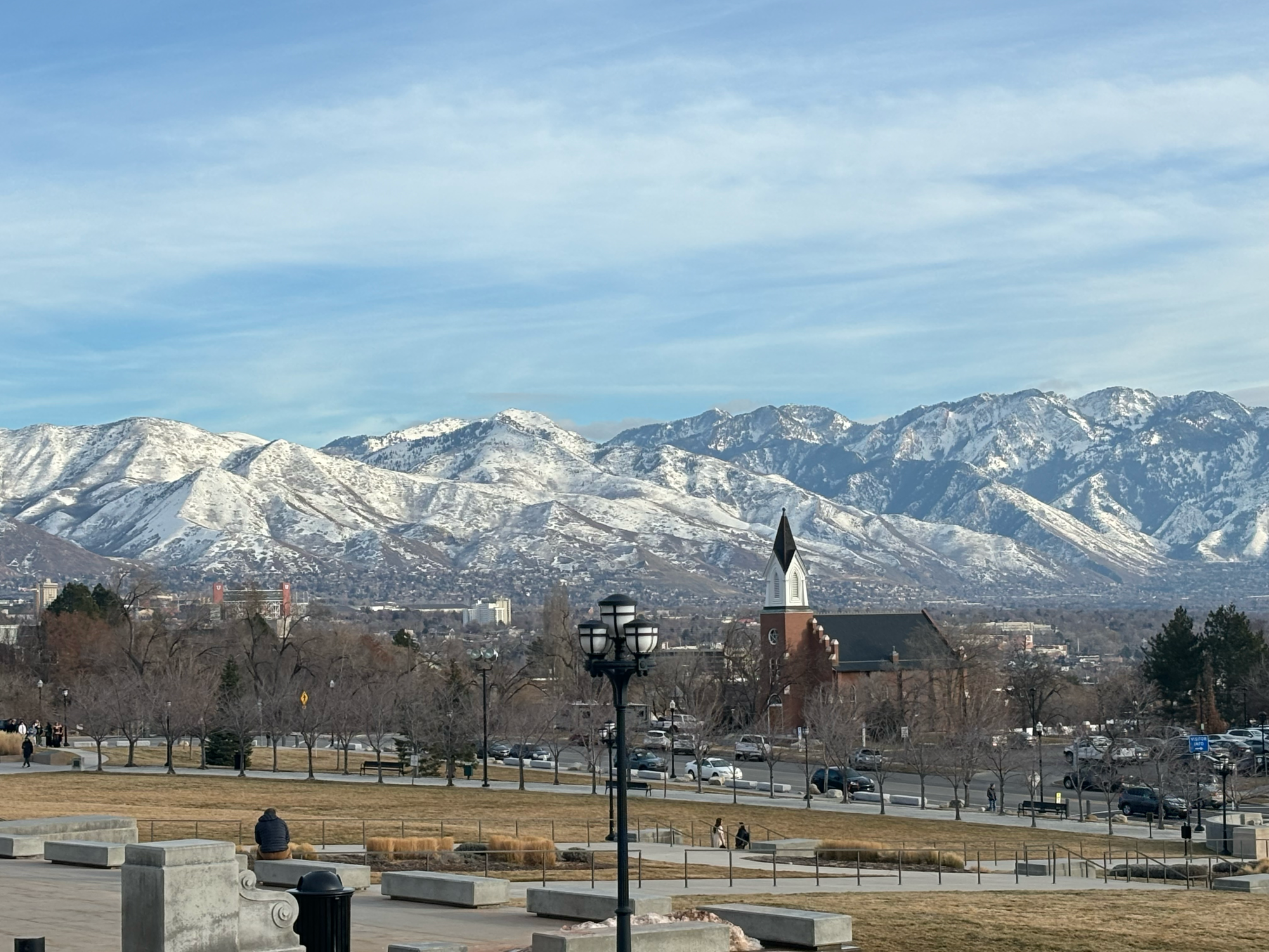If there’s one thing I remember from elementary school, it’s the field trips. Despite the bright yellow school buses smelling of mildew and 5 a.m. wake-ups, I loved having the opportunity to interact with the world around me: the people strolling in the park, the gray stingrays in the aquarium, the constellations in the planetarium, the Cantor Arts Center, the chubby cat — too friendly to be a stray yet too angry to pet — and even the bird trying to eat my lunch.
But after moving to Palo Alto from Pleasanton in middle school, I hardly ever get the opportunity to go on a field trip. As a rare exception, during my sophomore year, AP Art History hosted a trip to the San Francisco Museum of Modern Art.
Five months after our trip, I still remember the tiniest details: the park we ate lunch at, the conversations I had and the styles and meanings of all the artworks that resonated with me — from “Flores Sea” by Minerva Cuevas to “High Tide, Heavy Armor” by Calida Rawles.
Funnily enough, if you asked me to name my favorite piece of artwork from the AP Art History exam’s 250 required artworks list, I’d give you a blank stare. Yet, I could drone on and on about the different cultures I learned about and the distinct craftsmanship I observed at SFMoMA. I loved exploring every level of the museum. Each corner featured its own flair and art style, and the field trip there allowed me to explore the artwork that I was the most passionate about.
Going to SFMoMA taught me not only about the technical aspects of art but also how to make personal connections with it and uncover a deeper meaning in each piece. It made me realize that art is what we make of it, and from then on, I gained a deeper appreciation for the evolution of art through history.
The benefits of field trips extend far beyond the arts. History classes can visit local landmarks so students understand how events that happened decades ago still shape our community today. Science classes can visit exploratoriums and aquariums, where students can explore a wide variety of displays and demonstrations, deepening their learning.
Learning about a new concept is one thing, but actually seeing it in action and applying it to the real world is an entirely new experience, one that is difficult to achieve in a normal classroom, even with labs and presentations. Although you can get a sense of a historical event through a textbook or YouTube video, actually being in the spot where those people from the textbooks once stood allows students to fully immerse themselves in the curriculum and understand it on a more nuanced level.
This isn’t just theory. According to a 2022 study by researchers at Brigham Young University, students who go on field trips “have fewer behavioral infractions, attend school more frequently, score higher on end-of-grade exams, and receive higher course grades.”
That makes a lot of sense because field trips put students in the driver’s seat and empower them to take charge of their own learning in an immersive environment. They offer flexibility to students, foster their curiosity and encourage them to think outside of the box.
Additionally, they allow students who don’t thrive in a normal, classroom setting to experience another environment and make connections between existing knowledge and new ideas or future careers.
Given that 65% of the population are visual learners, according to a 2019 study from researchers at the Centre of Intelligent Signal and Imaging Research, field trips allow these students to fully engage in the curriculum.
Learning in a new environment not only deepens a student’s understanding of their academics but also encourages them to build soft skills like communication, collaboration and independence. Field trips challenge students to step out of their comfort zones and embrace the new, unexpected and unknown. Students practice developing their interpersonal skills to solve problems, work with others and gain exposure to diverse cultures and ideas.
These benefits are also why school groups such as TEAM and SJP have field trips throughout the year. Through interactive activities such as field trips, these cohorts have a distinct approach to learning: one that values community and students autonomy in their own learning.
Learning outside of school — even once or twice a year — can change the trajectory of a student’s education. Field trips give students an invaluable opportunity to grow, both as students and as people. They give students a window into another world, through which they learn to embrace new ideas and gain a better understanding of themselves. Whether it’s visiting a museum across the street at Stanford, or walking to a local, historical landmark, field trips allow students to take command of their learning and discover what interests them. We become what we behold, and until we are able to develop the independence to guide our own learning, we will forever limit our own growth.


